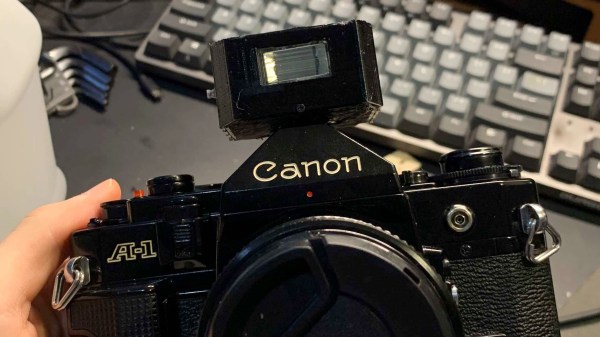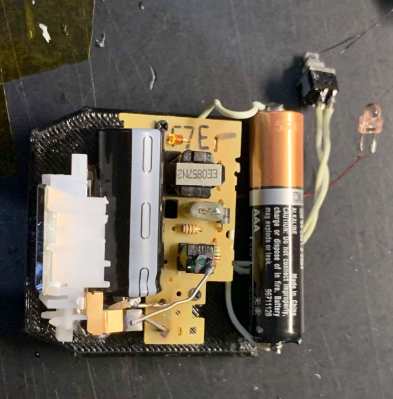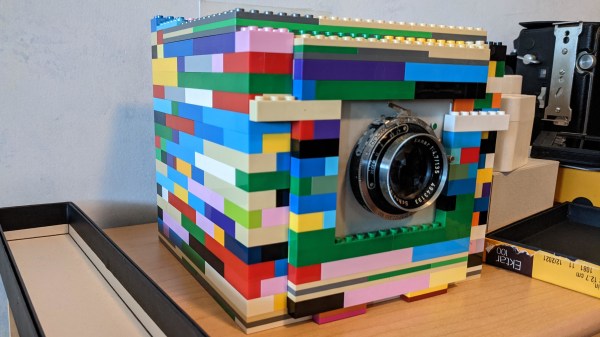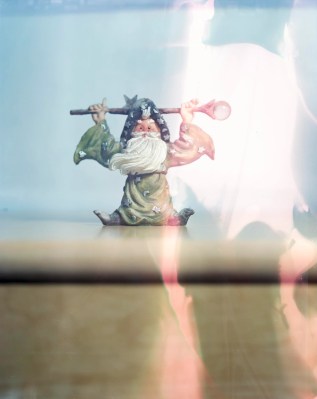For most people, experimentation with film photography comes in the form of the 35 mm format. Its ubiquity in snapshot photography means cameras are readily available at all levels, and the film offers a decent compromise between resolution and number of shots per dollar spent.
For those who wish to take their film photography further there’s the so-called medium format 120 roll film, but here opting for a higher-end camera can become expensive. Fortunately [Javier Doroteo] is here with a 3D printed medium format camera designed to use lenses intended for the Mamiya Press cameras, and from where we’re sitting it looks very nicely designed indeed.
All the files can be found on Printables along with a list of the other parts required. It’s made simple by the Mamiya lenses incorporating the shutter, but there’s still a lot of attention that has been paid to the back of the camera. This is the third version of the design and it shows, details such as the film holder and light proofing are well thought out.
Photography is so often a world in which collecting the latest kit is seen as more important than the photographs themselves, so we like and encourage camera hackers as a reaction to all that. If you’d like to see another medium format camera, this certainly isn’t the first we’ve brought you.




















